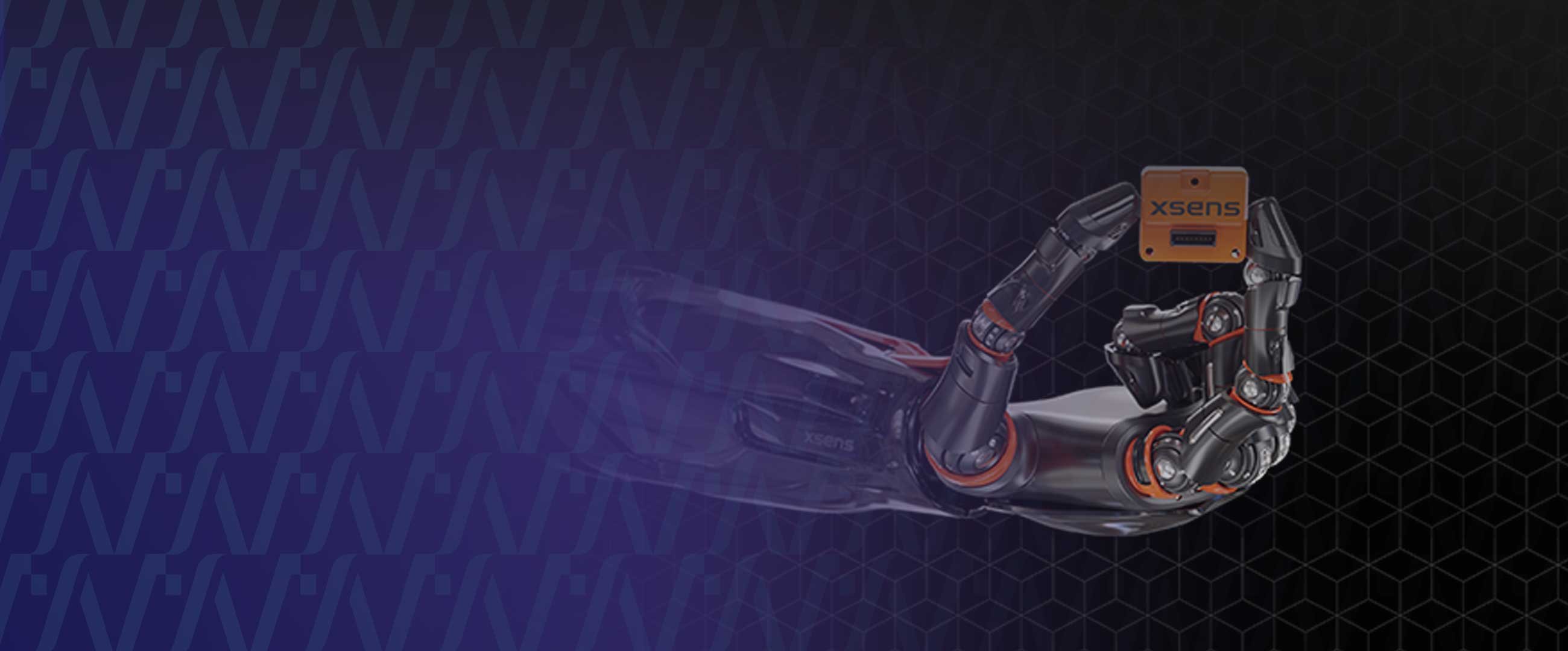
Capture the possibilities
Xsens sensor modules support a diverse range of functions, applications, and customer needs.
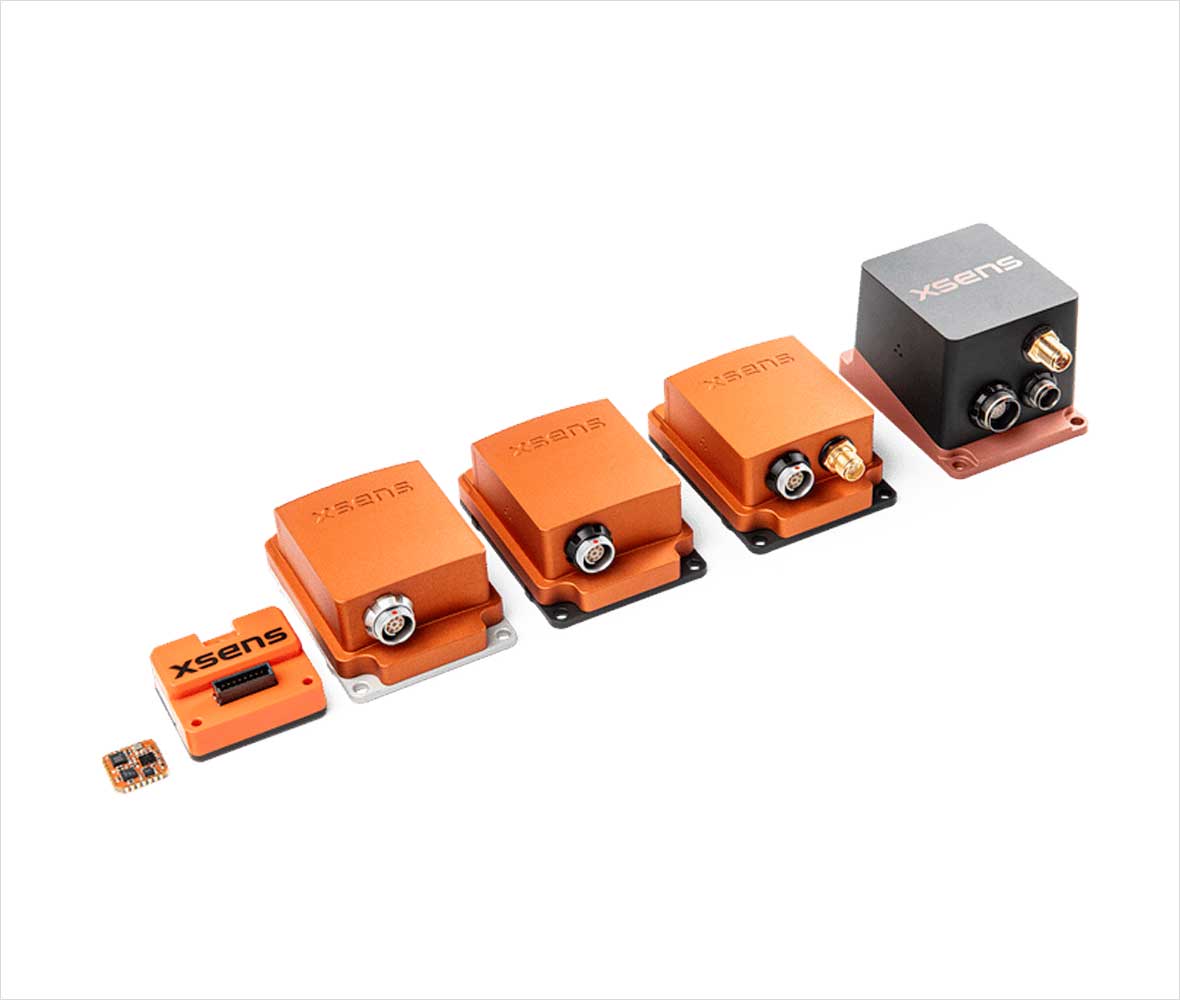
A comprehensive portfolio
Our range of MTi sensor modules deliver functionality where it matters. These range from inertial measurement units (IMU), vertical reference units (VRU), and attitude and heading reference systems (AHRS) to fully integrated GNSS/INS (Global Navigation Satellite System/inertial navigation system).
All products contain a 3D IMU, which features a 3D gyroscope, 3D accelerometer, and 3D magnetometer. Certain models also include a barometer and GNSS receiver.
Each piece of hardware – or series – in our portfolio is designed to support different levels of functionality, as detailed below.
Functionality
An inertial measurement unit collects and outputs accelerometer, gyroscope, and magnetometer data, fully synchronized and calibrated.
Vertical reference units are like IMUs with an added layer of algorithms, using gravity as a reference for roll and pitch calculations.
Attitude and heading reference systems (AHRS) use sensor fusion to deliver data on roll, pitch and yaw, also known as heading.
Our GNSS/INS products offer all IMU data as well as full orientation and position/velocity/time data up to CM-level with RTK-enabled products.
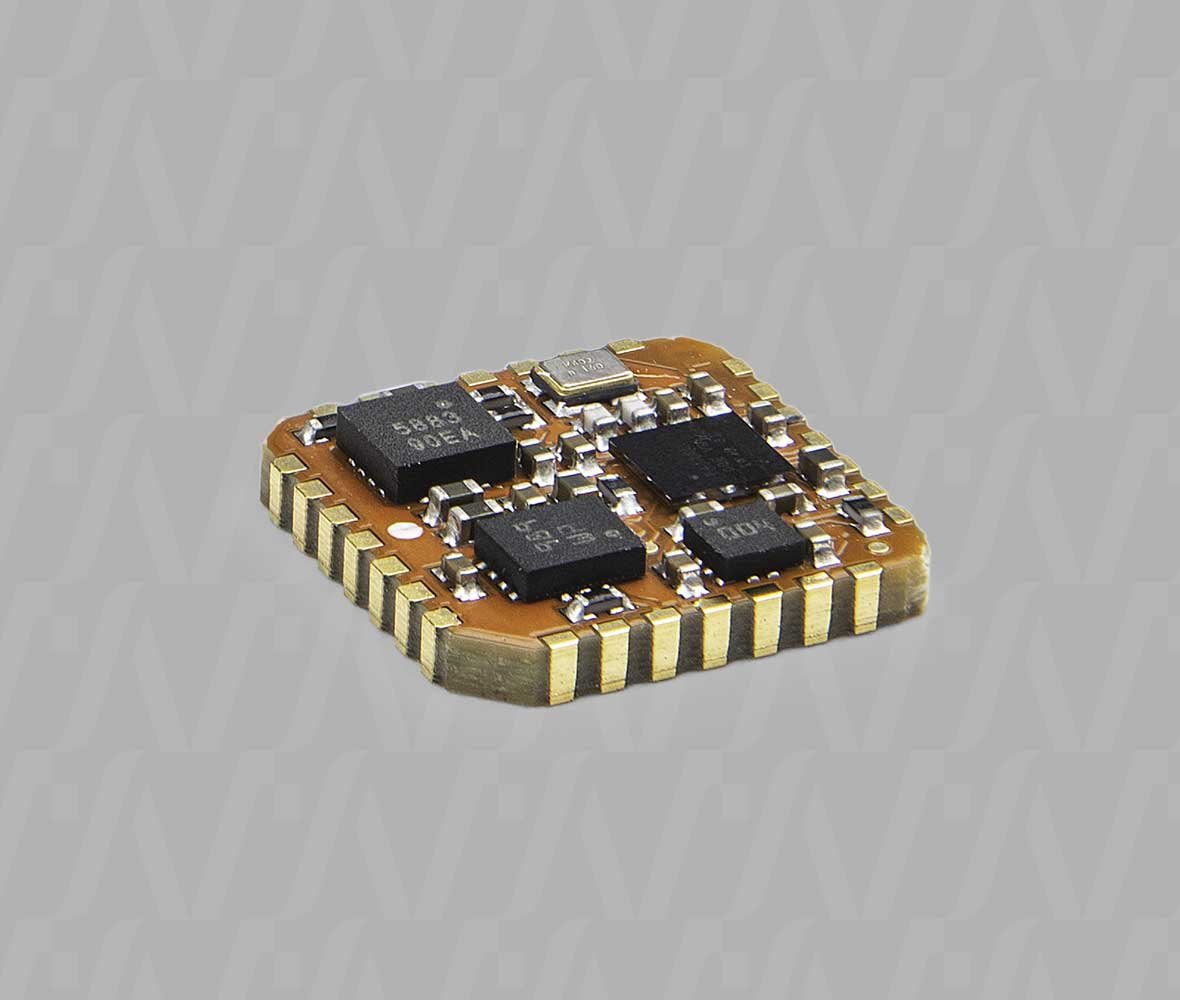
At just 12×12 mm, the MTi 1-series is the smallest form factor available on the market. It’s SMD mountable and suitable for high-volume applications.
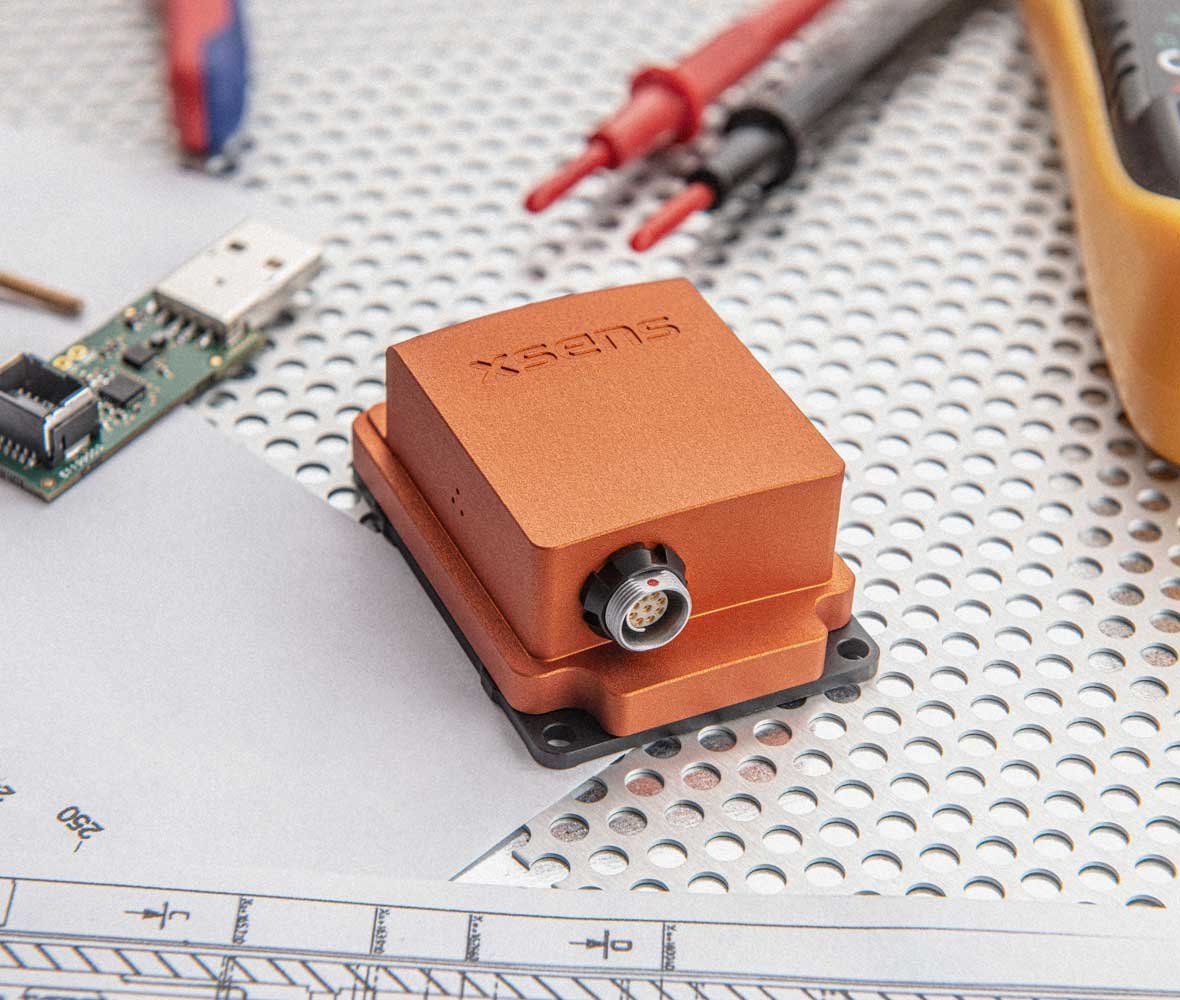
The MTi 100-series is our high-performance product line, setting an industry standard for reliable MEMS-based orientation sensors. It is also MIL STD tested.
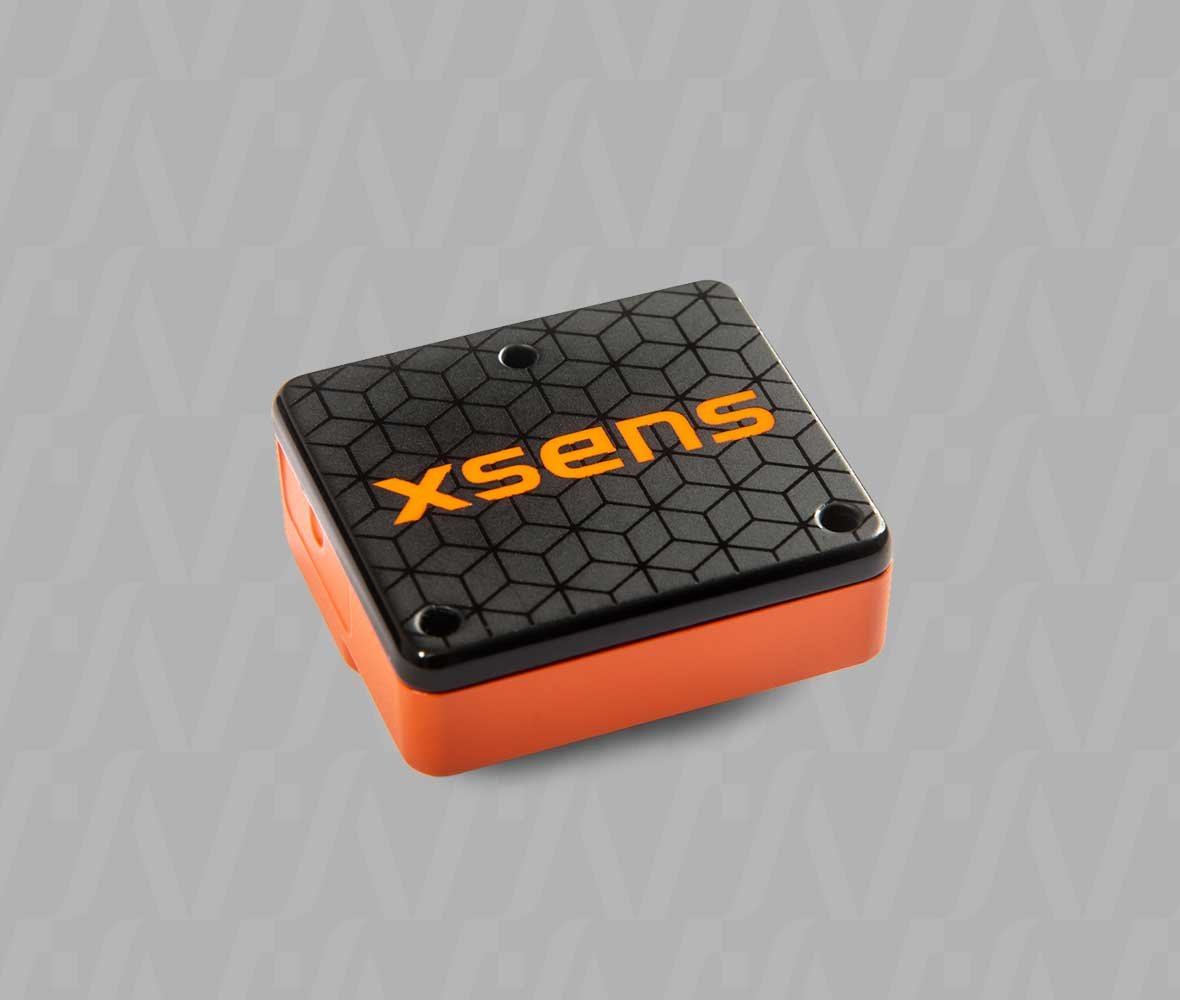
Lightweight, robust, cost-effective, and easy to integrate, this series offers our most flexible industrial-grade MEMS-based orientation sensor.
Featured Xsens sensor modules
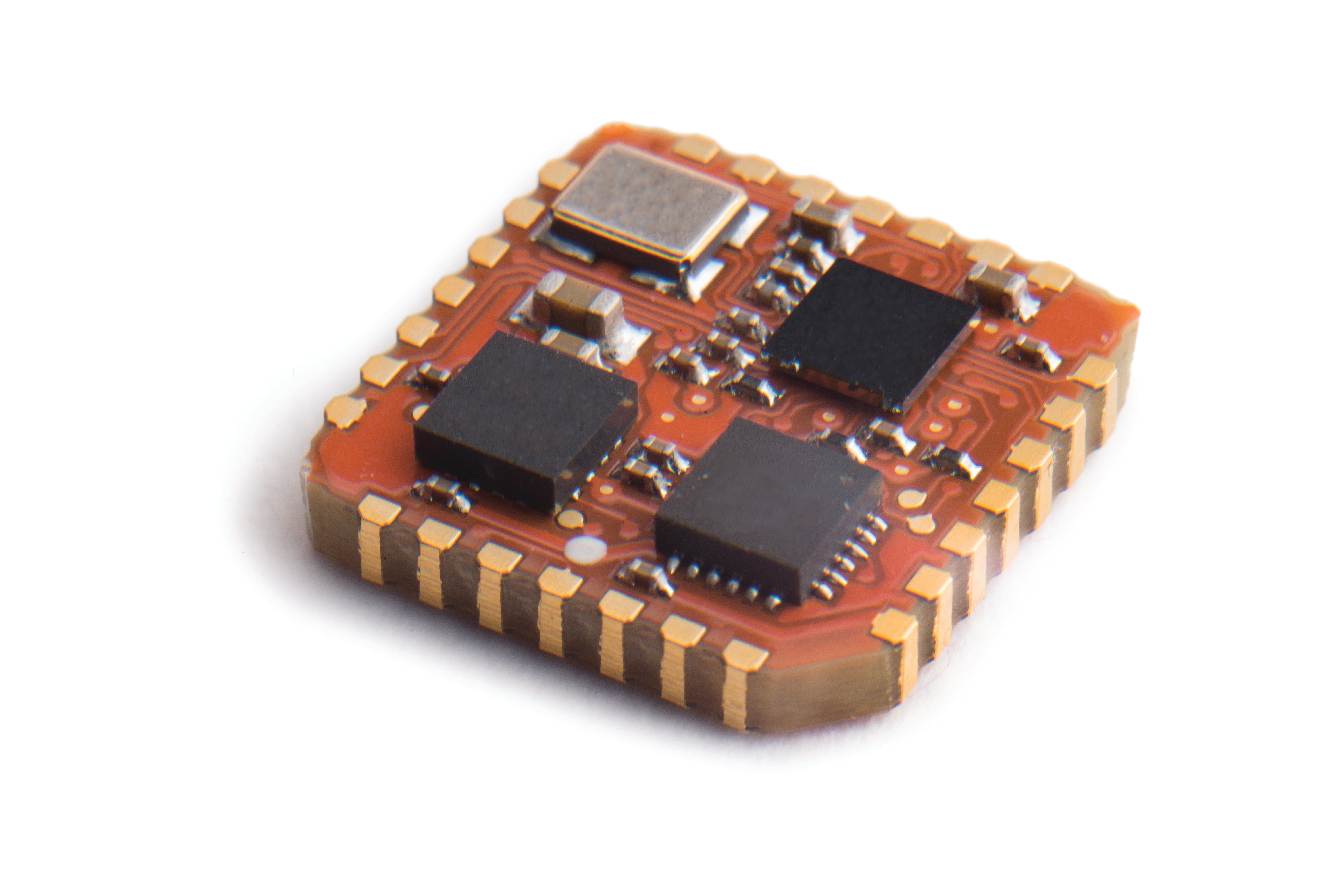
The MTi-1 is a self-contained Inertial Measurement Unit.

The MTi-2 is a self-contained VRU featuring sensors that provide calibrated data on the rate of turn, the acceleration, and the magnetic field – all in 3D.
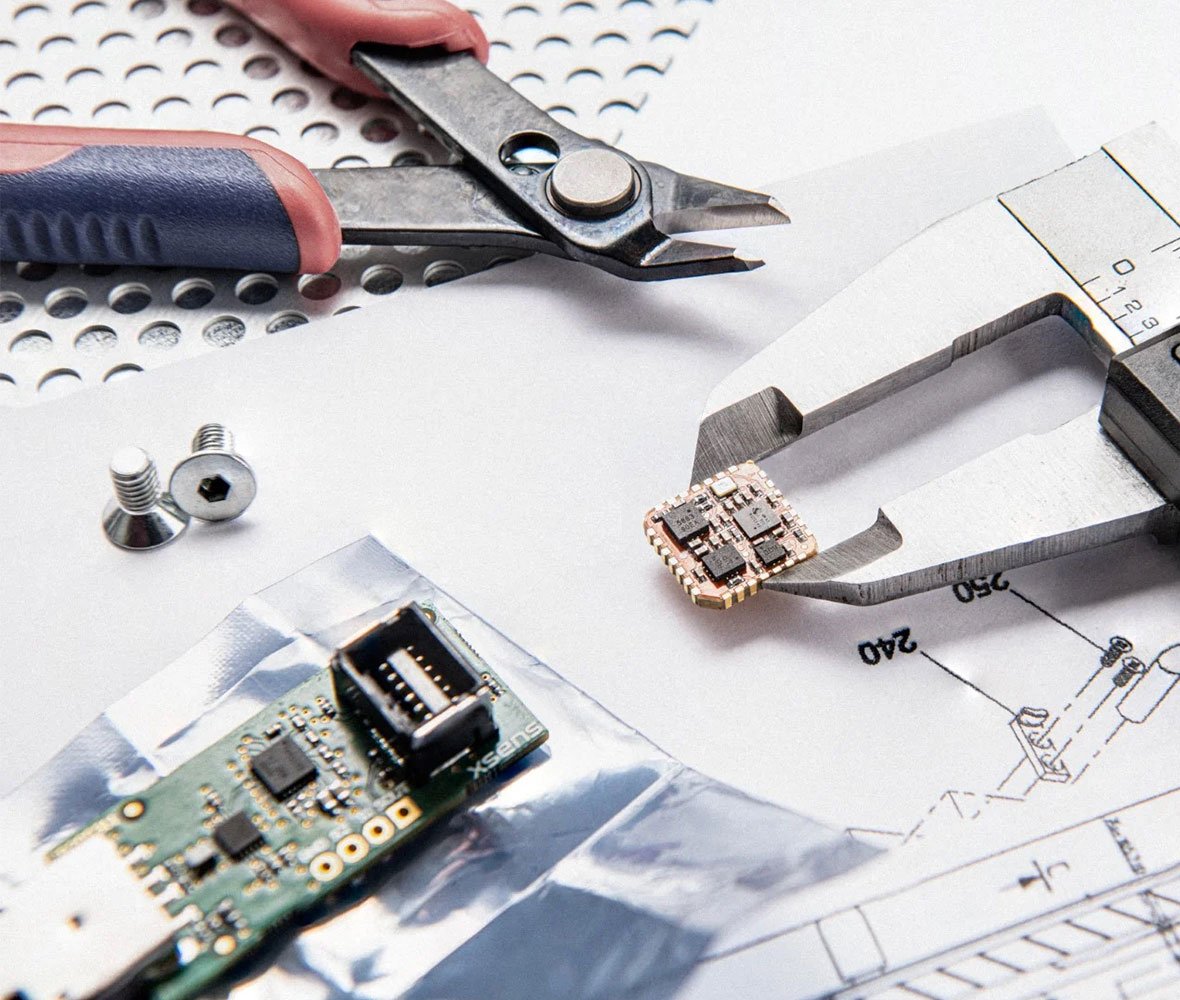
The MTi-3 Inertial Measurement Unit is a self-contained AHRS that delivers true-north-referenced yaw, or heading.
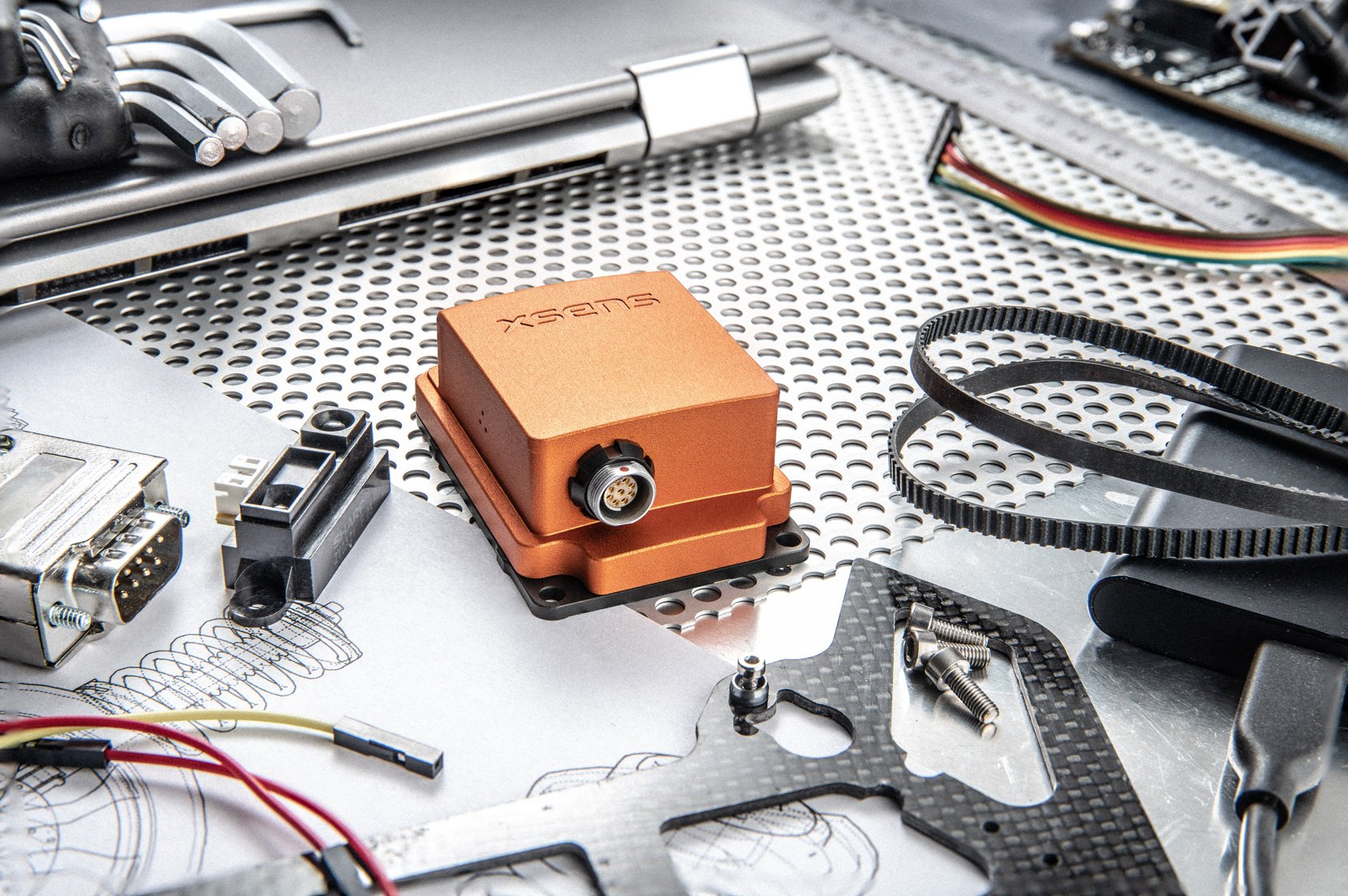
The MTi-300 is our highest-performing attitude and heading reference system. Its sensors and sensor fusion algorithm deliver data on drift-free roll, pitch and true-north-referenced yaw.

As one of our highest-performing IMU, the all-in-one MTi-100 provides calibrated data on the 3D rate of turn, acceleration and magnetic field.
.jpeg?width=1621&height=1080&name=MTi-200%20(Large).jpeg)
The MTi-200 is a high-performing VRU. Its sensors and sensor fusion algorithm measure roll, pitch, and (unreferenced) yaw.
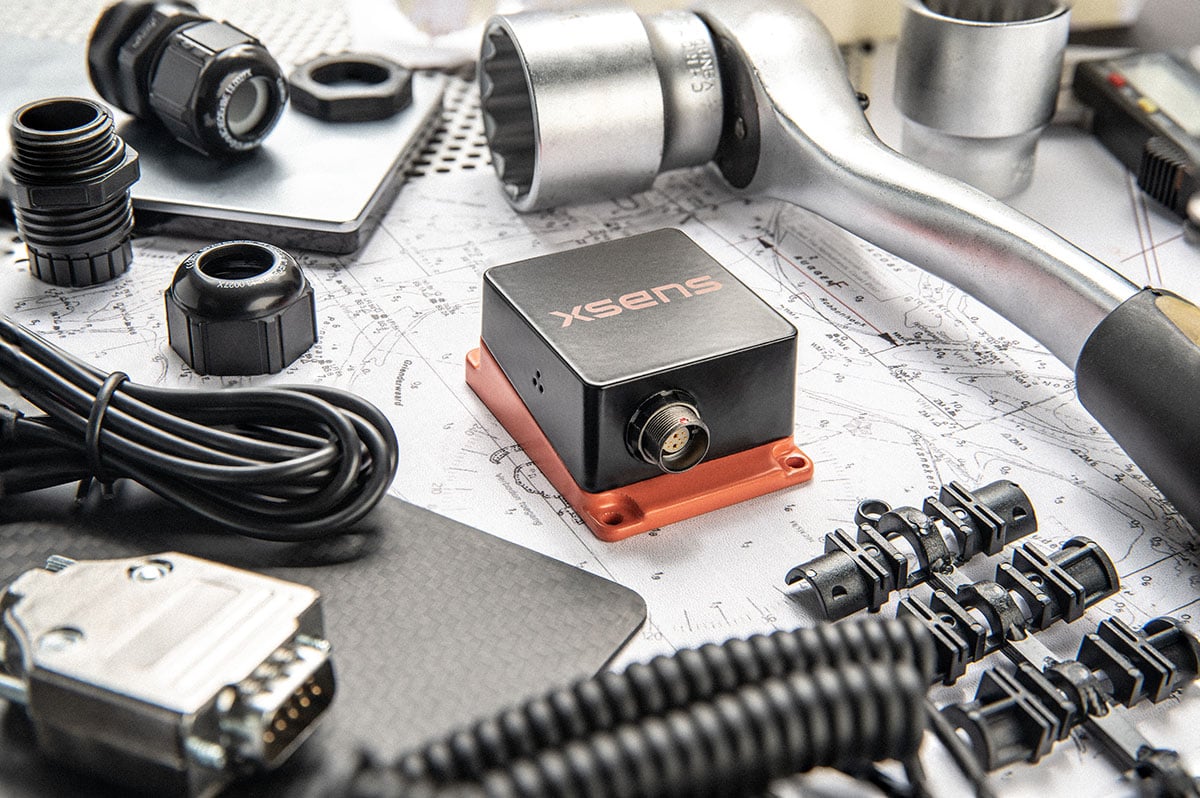
The MTi-630R’s sensors and sensor fusion algorithm deliver data on drift-free roll, pitch and true-north-referenced yaw.
Newsletter
Sign up here for the Movella newsletter and stay up to date about everything Movella has to offer.

